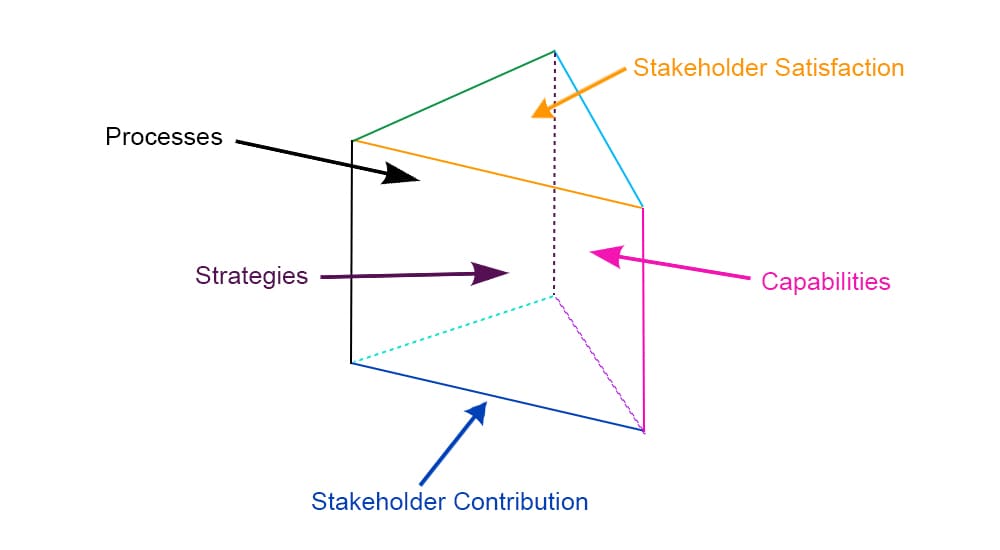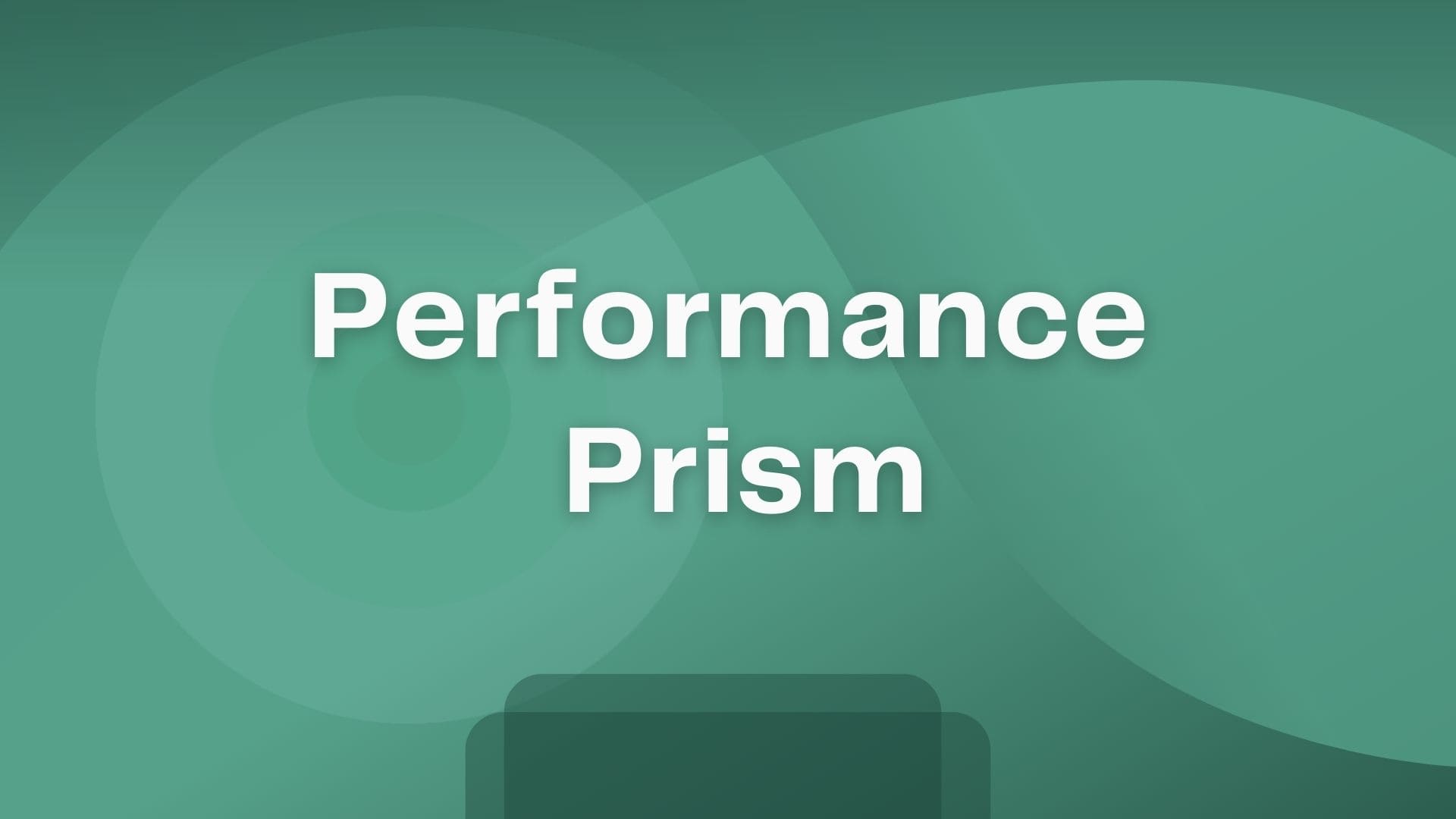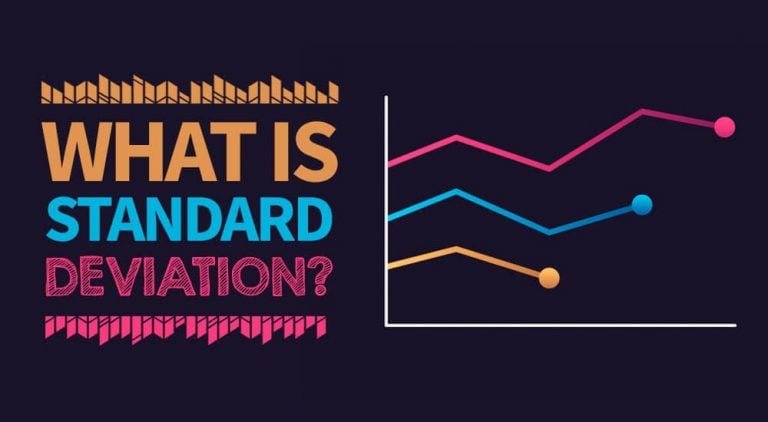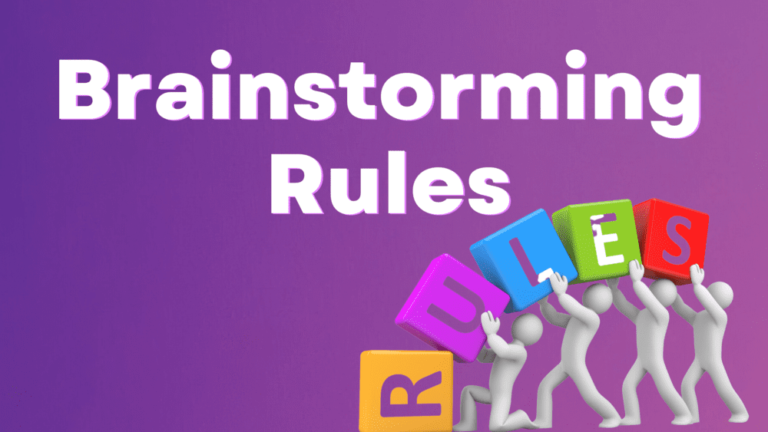Performance Prism is the second generation balanced scorecard performance management system focusing on meeting stakeholders’ requirements.
Adams, Neely, and Kennerley developed this concept at the Cranfield School of Management. They described this concept in their book “The Performance Prism – The Scorecard for Measuring and Managing Business Success“ in 2002.
What is Performance Prism
The balanced scorecard is the basis for the performance prism, which is an enhanced version of the performance management framework.
The feedback from stakeholders, which may include consumers, investors, intermediaries, regulators, suppliers, and communities, is taken into consideration from the very beginning of the process of developing an organizational strategy using the performance prism.
According to the performance prism, the strategy should follow the stakeholder analysis and consider the connection between the company and the stakeholders rather than focusing solely on the stakeholders’ requirements.

A performance prism has five factors that help design the organization’s strategy:
- Stakeholder Satisfaction: Find the stakeholders and their requirements.
- Strategies: What strategies are required to satisfy these stakeholders?
- Processes: What processes are required to implement the strategies?
- Capabilities: What capabilities do we need to execute the processes effectively and efficiently?
- Stakeholder Contribution: How stakeholders can contribute to maintaining the capabilities.
The performance prism illuminates the complexity of an organization and the many-sided relationship it maintains with its constituents.
Performance Prism in Project Management
The performance prism does not appear in the PMBOK Guide, nor does it appear in the subject outline for the PMP examination.
The only circumstance in which it can affect project management is when the performing organization uses the performance prism in the strategic and performance measurement process.
Utilizing a performance prism is one way to improve the organization’s strategy and provide assistance to businesses in identifying, analyzing, and satisfying the needs of their stakeholders.
Why is Performance Prism Needed?
The performance prism is needed for three main reasons:
- Organizations focus on a few stakeholder groups such as management, project sponsor, project team, etc. They ignore other stakeholders, such as suppliers, regulators, intermediaries, etc., which can affect the organization’s strategic plans.
- Changes are common, but many performance measurement frameworks ignore this fact. The changes are required to meet the stakeholders’ requirements and cannot be ignored.
- Stakeholders expect something from the organization, so the organization must also expect something from stakeholders. However, most performance measurement frameworks ignore it. The framework must consider if stakeholders can deliver something useful for the organization.
Summary
Businesses are given the ability to control their performance via the performance prism. Before designing the strategy, it takes into account the requirements of all of the stakeholders. During the process of designing the strategies, it takes into account the organizational processes and capabilities, identifying performance measurements that assist keep performance consistent across all levels of the organization and contribute to meeting the requirements of stakeholders.

I am Mohammad Fahad Usmani, B.E. PMP, PMI-RMP. I have been blogging on project management topics since 2011. To date, thousands of professionals have passed the PMP exam using my resources.







